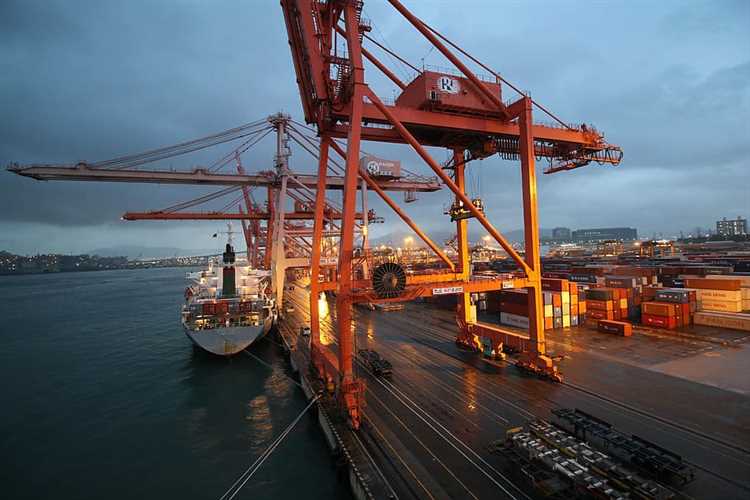
Introduction to Port Cranes
Port cranes are pivotal in the logistics and container handling processes, serving as the backbone of global trade efficiency. These cranes, varying in capability and design, facilitate the loading and unloading of containers from ships to docks, optimizing throughput and minimizing turnaround time. The evolution of port crane technology reflects ongoing improvements in safety, automation, and operational efficiency.
Types and Functions of Port Cranes
The landscape of port cranes is diverse, with each type serving specific functions within container logistics. Ship-to-shore cranes excel in transferring containers from vessel to dock, emphasizing speed and reliability. Gantry cranes, available in various configurations such as rubber-tyred and rail-mounted, offer flexibility in moving containers across the port. Mobile harbor cranes stand out for their versatility, capable of handling a wide range of cargoes beyond containers.
Crane operation safety and maintenance are paramount, ensuring longevity and reliability. Advanced crane operation systems incorporate automation and telematics to enhance efficiency and safety, with real-time data monitoring and predictive maintenance becoming standard practices.
Port Crane Technology and Innovations
The adoption of innovative technologies in port cranes is transforming container logistics. Automated stacking cranes (ASCs) and remote-operated ship-to-shore cranes are at the forefront, significantly increasing operational efficiency while reducing labor costs and safety hazards. Digitalization and IoT integration facilitate optimal crane scheduling and load balancing, further improving port logistics optimization.
Electrification and sustainability initiatives within crane operations are gaining traction, aimed at reducing the environmental impact of logistics operations. High-speed container handling technologies and twin-lift spreader systems are examples of how innovation is pushing the boundaries of what’s possible in container logistics.

Leave a Reply